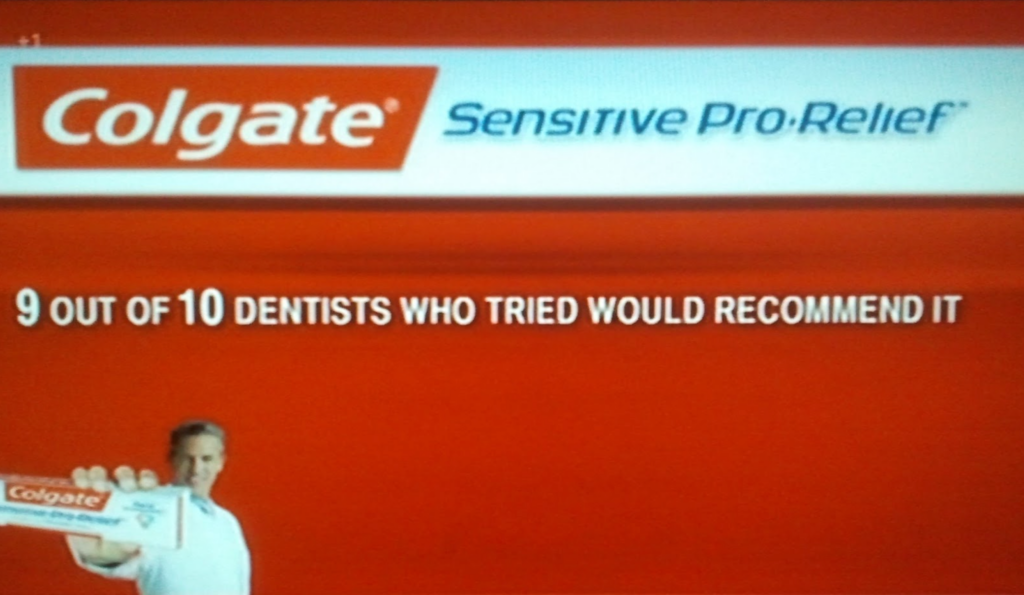Ethos, Pathos, Logos: The art of persuasion in logo design and branding
It’s a tale as old as Aristotle. No really. Over 2,000 years ago Aristotle decided to categorise how people use rhetoric in arguments into three groups; ethos, pathos, and logos, aka the rhetoric triangle.
It must be a pretty good theory as marketing and advertising experts still use it with success today. In this guide, we explain what ethos, pathos, and logos refer to and how to use them to develop a powerful and persuasive brand.
What is ethos, pathos, logos?
Ethos is what Aristotle categorised as playing on the speaker’s status or authority. Today, we would consider our brand reputation as being key to this part of developing an effective and persuasive brand.

If you’re a company that has been around for a long time, you could use this to your ethos advantage, for example, ‘Established in 1869’, ‘Serving the best doughnuts in town since 1995’ and so on. However, if you’re a relatively new business, you could build the ethos of your brand quicker by becoming a thought leader in your industry or space. Sponsorship and hosting of events, creating viral content, and investing in PR can all help elevate the ethos of your brand by using terms such as ‘as seen on’, and ‘the leading speaker of…’
Another way of using ethos in your branding and marketing is to use celebrities and influencers to talk to your audience. The authority of these affiliates transfers through to your brand telling the audience that your product has high authority, ‘as approved by…’
Pathos appeals to the emotions of your audience and involves building a story into your brand and evoking your audience’s senses. For example; happiness, anger, fear, and aspiration are all emotions that big brands try to evoke in their audience through their branding. Have a little think about some brands that evoke those emotions in you?

As well as these direct emotions, pathos also plays on nostalgia and shared experiences. Giving the audience a sense that they are automatically part of the community you are building is an effective way to appeal to their pathos.
Storytelling is fundamental to appealing to pathos as it’s a quick way to build emotion in your audience. It does this by pulling at their heartstrings or filling them with anger and fear as you tell them something that is directly affecting them and how your brand can help elevate this anger and fear. When looking at how brands use pathos, take a listen to the music they use in their advertising and how this combined with their storytelling creates powerful branding messages.
“One thing to bear in mind at the start of building your brand identity is that due to the pandemic, people now expect businesses to be B2H (Business to Human) not just B2C or B2B. Therefore, if ethos and pathos aren’t used in ways that are authentic, human and transparent, people will simply go elsewhere – literally online, in seconds.
Considered, clever use of pathos and ethos not only helps to build a solid design strategy on which to build your brand identity, but will also help to underpin a direct dialogue with the people you are wanting to target.” – Jodie McGuinness, Branding Specialist
Logos appeals to our logical side, the black and white, no-frills, cold hard facts. We’re talking about the real nerdy side of your brand, the graphs, the charts, the stats, the facts.

For logos to be most effective in persuading people to buy into your brand, you need to focus on the most powerful reason someone would buy your product. Clear, logical messaging around your brand’s value is the most effective way to appeal to logos.
How you can use ethos, pathos, logos to create a powerful and persuasive brand
While these examples of using ethos, pathos, and logos in other brands are a great source of inspiration, what you need to consider are your specific product or business, target audience, and user needs. While you can successfully use just one or two of these techniques, they really are most powerful when used together as a rhetoric triangle.
A simple way to work out how to incorporate ethos, pathos, and logos into your brand is to ask the following three questions.
- What is your business known for? (Ethos)
- What does your business stand for? (Pathos)
- What is the biggest value you bring to the customer? (Logos)
If you can build a brand based on those three questions, you are well on your way to building a powerful and persuasive brand.












